Florida History: Ybor City, the 'heart of Tampa,' still beating more than a century later
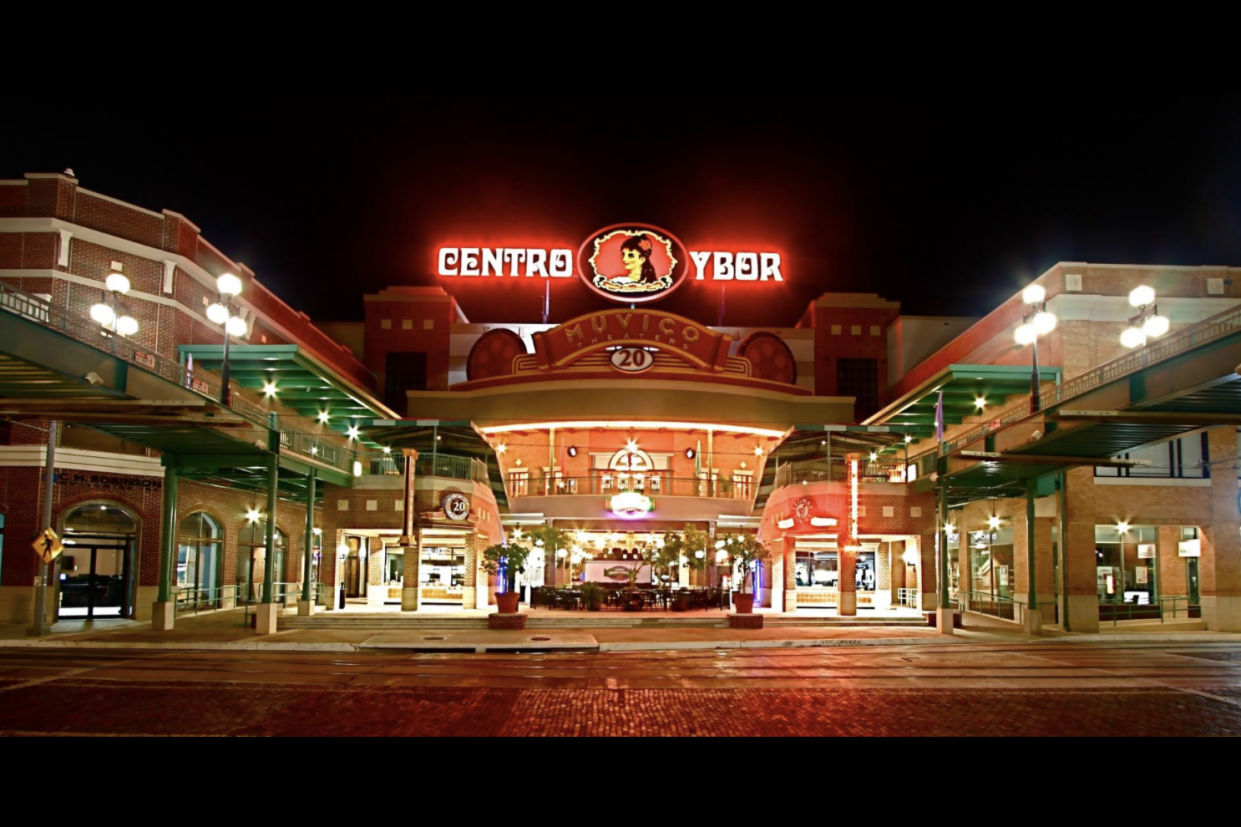
- Oops!Something went wrong.Please try again later.
Ybor City calls itself “the heart of Tampa.” It is.
In the 43 years between its founding in 1886 and the start of the Great Depression of the 1930s, Ybor City was the beating heart from which life’s blood flowed into a poor, dirt-street, fishing village called Tampa Town, growing it into a modern city of brick and stone whose name was familiar to people across the nation.
THE MAN FROM VALENCIA
Vicente Martinez Ybor stepped off a steamship in Tampa Town on a September day in 1885. He had come to look over the area as a possible site for a cigar manufacturing facility. He had had a lucrative cigar manufacturing business in Cuba for 12 years, until Cuba revolted against Spanish rule. Ybor, who had fled his native Valencia at the age of 14 to escape mandatory military service in Spain, sympathized with the Cuban rebels. When it was discovered in 1869 that he was secretly funding their cause, he had escaped arrest by fleeing to Key West.
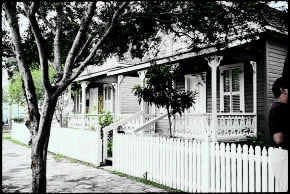
In Key West he opened his second cigar factory, employing his fellow ex-patriots from Cuba. Ybor prospered in Key West. In fact, over the next 20 years, Key West became the largest cigar producer in the United States. By 1885, however, Ybor had grown restless. Labor unrest, combined with the distribution expenses associated with being isolated by water from the rest of the United States, sent him on a quest to find a place more suitable to improving his profit and loss margin.
Did you know? Palm Cottage, the oldest house in Naples
He favored Galveston, Texas, until a friend advised him to investigate the Tampa Bay area. The depressed prices of the area, the humid, subtropical climate (perfect for humidifying tobacco leaves), and the construction of Henry Plant’s new Florida railway line into Tampa made Tampa Bay the better choice. Ybor began negotiations for about 40 acres of swampland northeast of the little village of Tampa Town. The deal fell through and Ybor, prepared to look elsewhere, was awaiting his steamship connection to Galveston when all five members of the Tampa Board of Trade accosted him. Long story short, he went back to the landowner and the deal, sweetened with a $4,000 subsidy from the Board of Trade, was made.
CIGAR TOWN
It may be said that Tampa’s reputation as a “cigar town” began in 1886. In that year, Martinez Ybor opened his first, temporary cigar-manufacturing plant, and in six months turned out one million hand-rolled cigars.
He also laid the foundation for the building of Ybor City.
THE VISIONARY
Ybor was a visionary entrepreneur and businessman. His vision was to control his labor costs by accommodating every need of the Cuban and Spanish workers he brought in from Key West, and, thereby, to maintain a satisfied and stable workforce. He succeeded beyond even his wildest dreams.
More Florida History: Miami's colorful Art Deco Historic District
In the first year after his arrival, he built some 100 small houses for his workers. These casitas and the ones to follow were not company-owned; rather, Ybor gave his employees the opportunity to own their own homes by selling the houses to them at cost and interest-free, allowing his workers to pay for them with small payroll deductions.
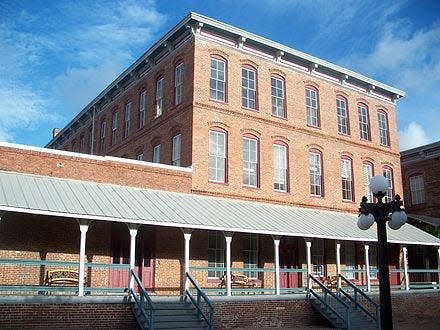
Ybor laid the infrastructure of paved streets, designed on a grid system, and of city services for Ybor City, but rather than own the town (as extortionist capitalists did at the time), he offered his land for sale to encourage small entrepreneurs to build their own businesses. Among other conveniences and service businesses, he, himself, would build an ice factory, a gas company, an insurance company, a streetcar line connecting Ybor City to Tampa, and, wisely, a brewery.
More Florida History: Fort Zachary Taylor, Key West
As early as 1887, the Tampa Board of Trade recognized the value to the city of Martinez Ybor’s town; in league with the state legislature and over the strenuous objections of Ybor himself, the city of Tampa gathered Ybor City to its bosom by annexation.
In 1888, construction of Ybor’s permanent cigar factory was complete. Its three stories of solid brick, occupying the space of a full city block, made it the largest cigar manufacturing facility in the world.
A VISION REALIZED
In addition to trained tabaqueros (tobacco workers) and skilled torcederos (cigar rollers) from Key West, Ybor’s factory began to draw immigrant Sicilians from the sugar plantations of Louisiana and central Florida, who gained employment with him at first as unskilled workers. Jewish families from Romania and the Chinese came next, seeking employment in the service and retail businesses that were rapidly developing around the cigar industry. Later, they, the Sicilians and German immigrants would open their own businesses to serve the growing community.
Ybor was smart enough to encourage other cigar makers to open for business in Tampa, knowing that the more businesses the area could attract, the faster the city would grow and prosper. Ybor understood full well that the more everyone, especially the working class, prospered, the more his many enterprises would profit.
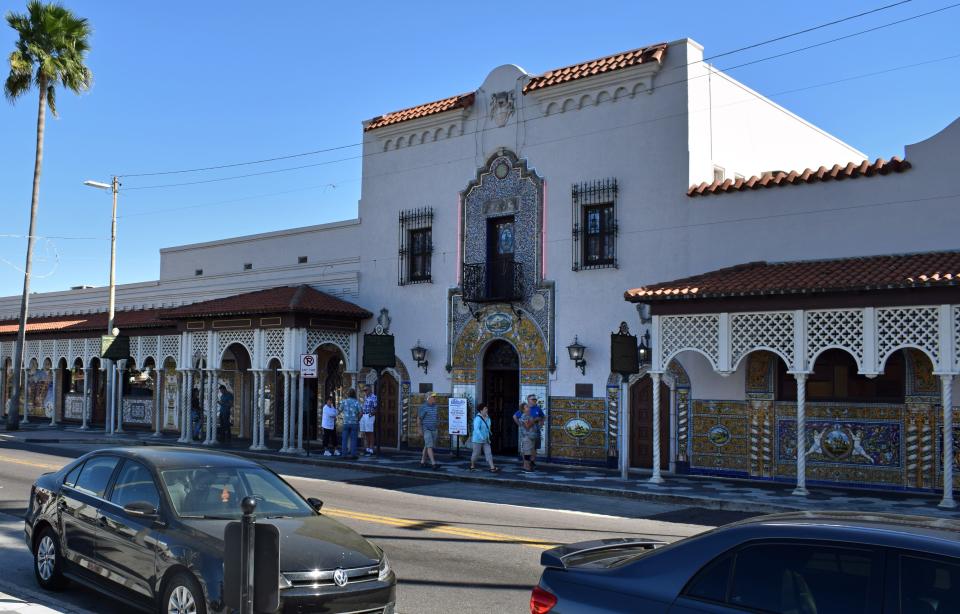
And thus it was. When Martinez Ybor died in 1896, the entire city treasury would not suffice to cash out his many businesses and real estate holdings.
The very model of the American ideal of free enterprise, Ybor’s encouragement of competition brought thousands more Cuban immigrants into the rival cigar manufacturing plants that would grow West Tampa, further expanding the city, its population, and its wealth.
In the first three decades of the 20th century, Tampa was the “cigar capital of the world.” Before 1890, it was rolling out tens of millions of cigars annually, and by the early 20th century, hundreds of millions.
In less than 15 years, Tampa was, in 1900, one of the largest cities in Florida with a population of nearly 16,000 and rapidly climbing until, by 1930, it was over 100,000. In 1885, Port Tampa had collected a total of $683 in export-import duties for the cattle and citrus it shipped out; 10 years later, export-import duties totaled over $625,000, due almost entirely to Cuban tobacco imports and the export of Tampa-made cigars.
THE GOLDEN EGG IS BROKEN
The stock market crash in 1929 and the economic depression which followed, effectively killed Tampa’s cigar industry. In other words, the goose that laid Tampa’s golden egg starved to death. Consumers switched to smoking cheap cigarettes and cigar factories laid off workers; some closed. Those that survived did so only by mechanizing the process of hand-rolling cigars, so thousands of skilled rollers were laid off. After World War II, war veterans did not return to their hometown of Ybor because there were no jobs. For the next nearly three decades, Ybor City gradually emptied and deteriorated until, by the 1970s, few businesses remained.
REVIVING THE GOOSE
And then in the 1980s, as so often happens in depressed urban areas, the artists arrived. In their eyes, the old, empty buildings were charming. And cheap. So they moved in and commerce, in the form of bars, restaurants and nightclubs began to creep back into Seventh Avenue, the “main street’ of Ybor city.
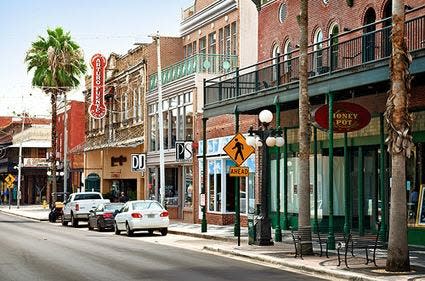
Since 2000, the city of Tampa has invested a lot of money in developing Ybor for tourists; old brick buildings have been renovated as retail shops, restaurants, and bars; historic buildings, such as the Centro Español social club and the Ferlita Bakery, have been restored and are functioning today as a shopping and movie theater complex, and as the Ybor City Museum and State Park, respectively; upon vacant lots, new condominiums and apartments, hotels, and corporate headquarter buildings have risen.
PROTECTING THE PAST
Perhaps most people think of Ybor City as nothing more than a sort of historical theme park, a tourist attraction in a cosmopolitan city of skyscrapers. Tampans know better.
In 2014, the city, in coordination with the state and with federal funding, completed construction of the I-4/ Selman Expressway Connector, in large part, to divert big semi-trucks and other heavy vehicular traffic away from Ybor City. With this $487 million project, the City of Tampa protects its heart—Ybor City, the only city district on the west coast of Florida to be designated a National Historic Landmark.
It is also the only city in the South to have been almost entirely populated and owned by immigrants, and therein lies its charm. The one-square-mile heart of central Ybor City today continues to draw people and money to the city of Tampa. Tourists are attracted to its history, its music, its Spanish, New Orleans-style ambiance, epitomized by the 1905 Spanish Columbia Restaurant, the oldest restaurant in Florida and itself a National Historic Landmark, and, of course, to the little storefronts where cigar rollers demonstrate their skills. Where you can still buy, and smoke, boutique-brand cigars from Cuban seed—Macanudos and Kristoffs, Coronas, Maduros, Habanos—along with Arturo Fuentes, La Faraonas, Davidoffs, Perdomos, Gherkas, El Padrons, Rocky Patels…
The aromas of fine tobaccos wafting from the cigar bars are, alone, worth the visit.
Cynthia A. Williams (cwilliams1020@gmail.com)
This article originally appeared on Fort Myers News-Press: Florida History: Tampa's Ybor City is more than historical theme park

